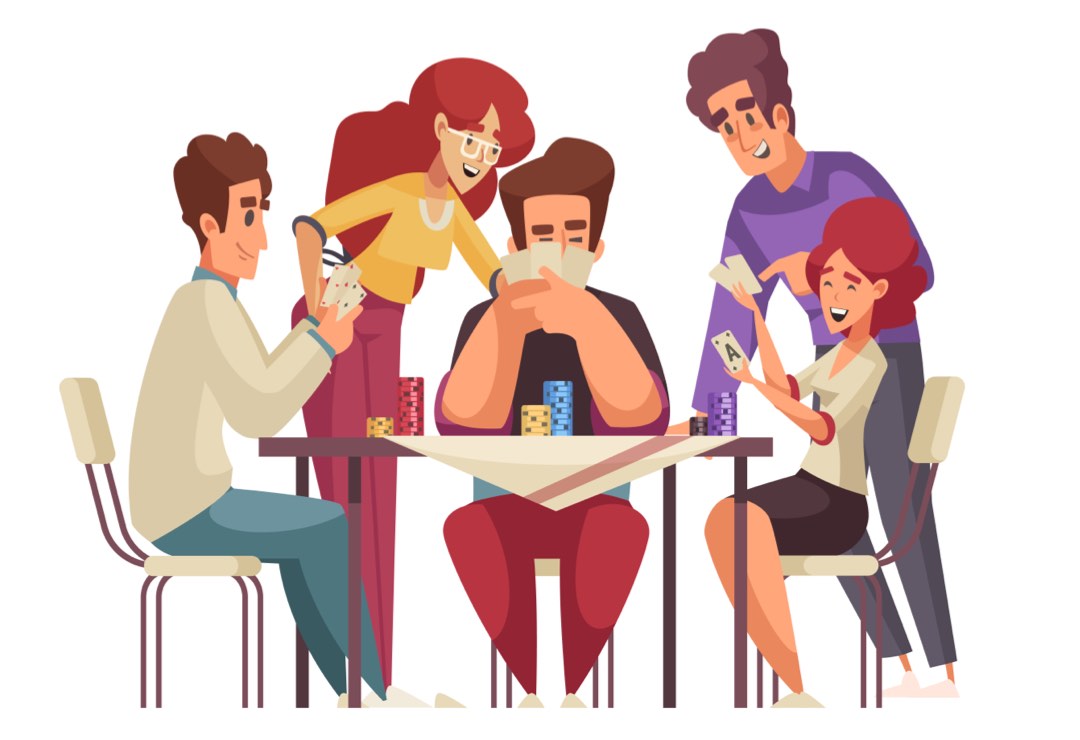Feeling puzzled prompts people to use their brain cells to find an answer or solution to the problem and to experience a moment of joy when they get it right. Thus, it was only a matter of time before puzzle games were created for entertainment.
There are several types of puzzle games and even more variations within each, illustrating their popularity and attractiveness to the wide public.
What is a puzzle game?
A puzzle game is a mental challenge that tests someone’s ingenuity and ability to solve problems in a fun way.
These games take regular puzzles, that is, contrivances or problems, and turn them into a joyful activity designed to stimulate but also relax the players. They have two defining features: 1) they have only one possible solution and 2) they require logical thinking.
Although it is possible to find puzzle games with more than one possible solution, this is an indication of the low quality of the puzzle. Part of the fun is using one’s reasoning skills to find the single route that leads to victory.
It would not be wrong to say that, indeed, to win them, all that is necessary is logic. In a good puzzle game, luck plays no role and previous knowledge of a specific subject may or may not be important depending on the type of puzzle.
Types of puzzle games
Word Puzzles
Word puzzles are among the most popular types of puzzle games as they are widely spread and available. These include, but are not limited, to games such as Word Search, Crosswords, Wordle or Hurdle, Fill-ins, Cryptograms, Riddles, Anagrams, or Scrabble.
Good language skills are required in different degrees depending on the puzzle. Games like Word Search or Fill-ins can be solved using only logic although language knowledge is a plus, while Crosswords or Riddles require a deeper understanding of the language and the ability to analyze it in more detail.
To assess the importance of language to solve these types of puzzle games, a good trick is to check if the letters or words could be exchanged by symbols and numbers without it affecting the essence and solvability of the challenge.
Number Puzzles
As the name suggests, number puzzles involve numbers with the players having to manipulate them in order to find the solution and win.
Sudoku is probably the most famous puzzle game of this type. It has simple rules (fill a grid with numbers without repeating any digits per row or column) and can be solved using logical reasoning alone. The grids and the difficulty of the game can also be easily adjusted, which makes it a suitable puzzle game for individuals of any age, including kids.
However, number puzzles can require mathematical knowledge as well as visual and spatial reasoning skills to reach the solution. Some examples of these types of games include Magic Squares, slide and merge numbers (2048 is the most famous game of this kind), Kakuro, and number riddles.
Mechanical Puzzles
Physical mechanical puzzles have existed for centuries. These normally involve freeing a part of a mechanism, connecting all the parts together, or opening a box or other vessels.
A Chinese puzzle box is an example of a mechanical puzzle, with the players having to understand where and in what order to press or move certain parts to open it.
Nowadays, these puzzle games are making their transition into the virtual world. For example, there are already several mobile and online games in which the players must slide virtual wood blocks to unlock a virtual mechanism.
Combining and matching puzzles
This is a vast category that covers widely different puzzle games such as Mahjong Solitaire, Match 3 (e.g. Candy Crush or Fruit Matching), merge games (e.g. Merge Mansion), and even some variants of Solitaire card games.
Their gameplay is fairly easy, with the players having to match pieces or combine symbols/tiles to clear a board. Their challenging feature is having to plan the matches and combinations carefully to avoid running out of moves or making the puzzle unsolvable.
Jigsaw puzzles
For many, the word puzzle evokes immediately the idea of a jigsaw puzzle, with its beautiful pictures and small pieces waiting to be assembled.
They come in a wide variety of shapes, images, and difficulty levels. The higher the number of pieces, the harder the challenge. However, the image itself, its color gradient, and even the shape of the pieces themselves also play a role in making a jigsaw puzzle easier or more difficult to solve.
The jigsaws can be made of paper, plastic, and wood (especially suitable for small kids). Virtual versions are also on the rise, allowing players to play a wider pool of images and sizes, without having to worry about space.
These are only some examples of types of puzzle games, and each category could be broken down into a much longer list. The abundance of these games is a testament to their popularity and the perfect combination of fun and challenge.




